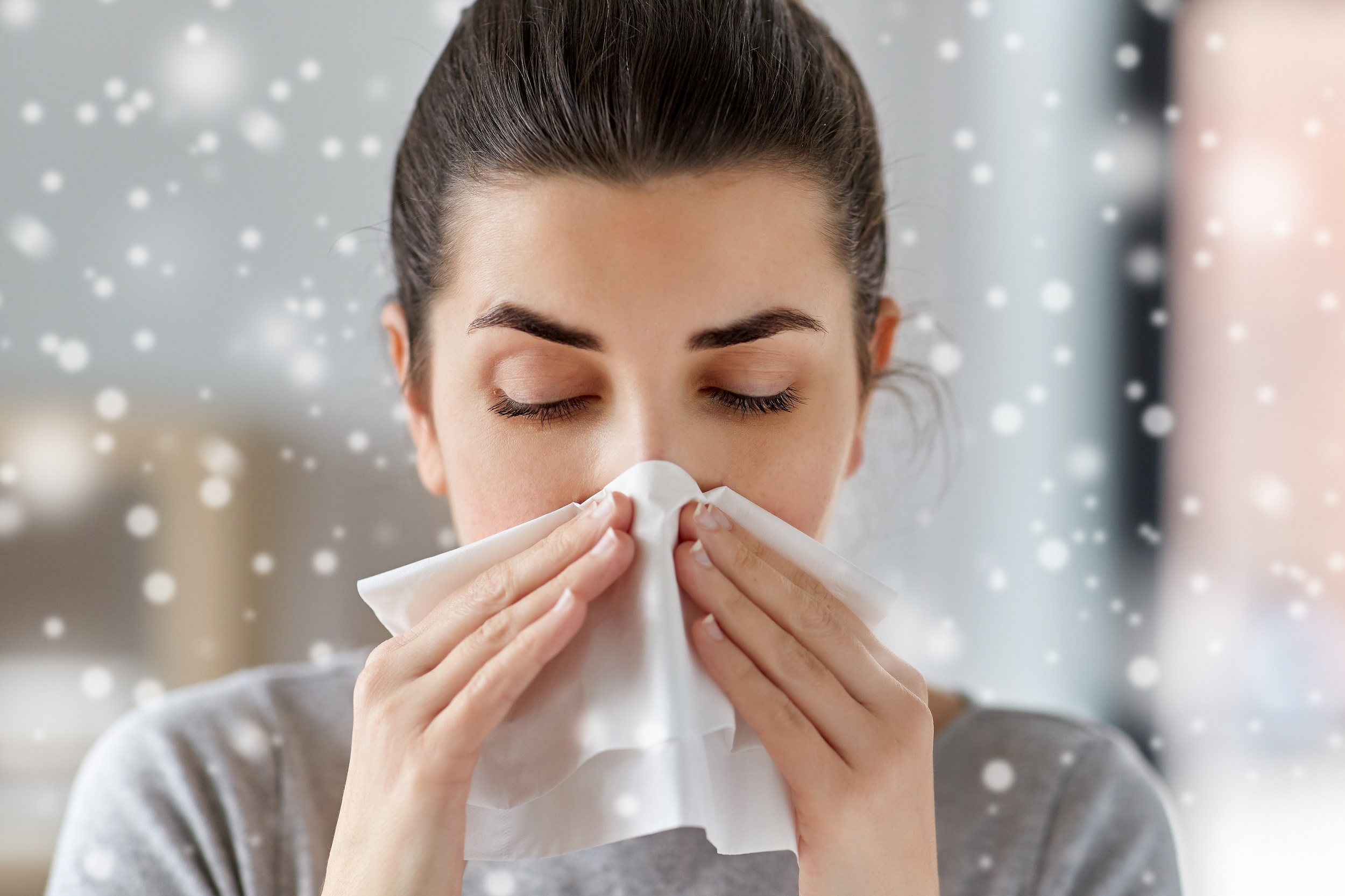Studies show that by 2050, one out of every two people will have an allergic nature. Pediatric Allergy and Immunology Specialist Prof. Dr. Hülya Ercan Sarıçoban pointed out that allergy diseases, which were seen at a rate of 3-5% 20 years ago, have increased to a rate of 10-15%, showing 2-3 times more increase today.
 With the arrival of spring, the importance of allergies, one of the most frequently discussed topics, is increasing day by day. Research shows that almost all allergic diseases have increased significantly in recent years. Reminding that environmental factors and industrialization are of great importance at this point, Pediatric Allergy and Immunology Specialist Prof. Dr. Hülya Ercan Sarıçoban, Kozyatağı Hospital, Yeditepe University said, “We know that it has a very serious effect especially on the occurrence of respiratory allergies. Allergic responses are increasing with many chemicals and their inhalation especially with the use of increasing detergents in the current period, as well as exhaust smoke, increased air pollution, processed, packaged foods, microplastics, nanoparticles.”
With the arrival of spring, the importance of allergies, one of the most frequently discussed topics, is increasing day by day. Research shows that almost all allergic diseases have increased significantly in recent years. Reminding that environmental factors and industrialization are of great importance at this point, Pediatric Allergy and Immunology Specialist Prof. Dr. Hülya Ercan Sarıçoban, Kozyatağı Hospital, Yeditepe University said, “We know that it has a very serious effect especially on the occurrence of respiratory allergies. Allergic responses are increasing with many chemicals and their inhalation especially with the use of increasing detergents in the current period, as well as exhaust smoke, increased air pollution, processed, packaged foods, microplastics, nanoparticles.”
Global warming extended pollen season
Noting that allergic rhinitis, known as hay fever in the society and associated with pollen, is seen in the spring months when plants leave their pollen, Prof. Dr. Hülya Ercan Sarıçoban said, “The fact that the weather started to get warmer earlier with global warming and the season lasting longer increased the exposure to pollen. Pollination, which we normally expect to start in mid-April, starts in mid-March and takes longer than usual. That’s why we encounter more of the same allergen, pollen.”
Respiratory allergies increase as time spent at home increases
Expressing that respiratory allergies are triggered with the increase of time spent at home, Prof. Dr. Hülya Ercan Sarıçoban said, “Before 2 years of age, more food allergies are seen, but respiratory allergies are seen after 2 years of age. House dust mites, mold, animal skin rashes, secretions and feathers, weeds, grass and tree pollen are among the substances that can cause allergies by air. Staying at home for a long time also increases exposure to household allergens, house dust mites, mold fungi and animal dander. For this reason, it is important to take the necessary precautions, especially when staying at home. In addition, household cleaning and dishwashing, detergents used in washing machines, perfumes used in the house-room fragrances and cigarette smoke also contribute to the appearance of respiratory allergies.”

Not all allergies have the same symptoms
Since different organs and systems are affected to different degrees in an allergic reaction, the symptoms of allergic diseases can occur in many different ways. Emphasizing that respiratory allergies reduce the quality of life of the child, Prof. Dr. Hülya Ercan Sarıçoban said, “With allergic colds, nasal itching, sneezing that occurs 10-15 times in a row, runny nose, then nasal congestion, difficult breathing, sleeping with open mouth, sleeping with open mouth and increased snoring at night, itching in eyes, Watering, rash, shortness of breath, unresolved cough and wheezing are among the complaints we often encounter. If it is not treated well, we encounter conditions that disrupt the quality of life such as recurrent ear infections and hearing loss for young children, recurrence of sinusitis for older children and adults, and recurrent antibiotic use needs.”
Measures that can be taken in allergies
“It is necessary to know what the allergy is against, to take precautions before the allergy time comes, and to use allergy preventive drugs if necessary,” said Prof. Dr. Hülya Ercan Sarıçoban also adds, “It is important to avoid the use of unnecessary antibiotics and to eat vegetables and fruits instead of fast-food. Avoid processed, packaged, dyed foods that contain thickeners. If possible, children should not be allowed into environments such as nurseries and shopping malls at an early age, where they may encounter allergens and infections more easily. The vitamins and herbal medicines used cannot protect the immunocompromised child. Washing hands with soap and water is enough, not using hand disinfectants, even if used, rinsing later and removing the disinfectant is also important for allergic children. In household cleaning, it is very important to avoid the use of strong chemical solvents, washing and dishwasher detergents as much as possible or to use the least amount of low power ones and to remove the detergents as much as possible by doing additional rinsing. Cigarette smoke and air pollution also increase respiratory allergens. Even smoking on the balcony affects the lungs of the children in the house. The penetration of microplastics into the body also increases allergic diseases, therefore food containing microplastics, plastic cooking and storage bags should be avoided. In short, it should be remembered again what our grandmothers did at home before 1960, what they ate, drank, and how they cleaned. It is important in reducing the amount of allergens in the home. If there is a house dust mite-mite allergy, not to use wool, feather bedding, duvets, pillows, not to use wool carpets, thick curtains, to wash the duvet covers once a week at 60 °C and above. It is beneficial to keep the indoor humidity between 30-50% and not to feed furry animals. For pollen, not opening the windows from morning until noon, wearing a visor hat and glasses when going out. Taking a shower when entering the house. Not going to the pollen-rich picnic areas during the pollen season will reduce the complaints.”



